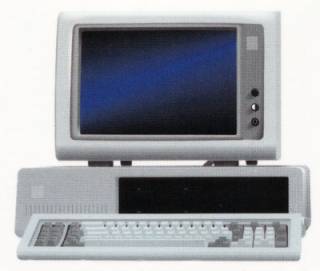With all the new Gfx cards coming out, and my Fiancee liking the idea of using a pc to do our gaming together with, i figured it was a good time to make a new rig, all i have ever done and install a new gfx card for crossfire before and a new ssd, so i have no real making a pc fresh out of the box experience.
This http://www.pcgamer.com/pc-build-guide-high-end-gaming-pc/ was the build i was going to start from (feel free to critic their build since i have no solid experience with every component and what works well overall.) and i am going to try and put it all together myself since it seems a tad cheaper and possibly fun in the process.
Now i do have a few questions though.
- Do i need to buy extra things like special cables and connects?
- Cable management, is that a thing? Is there a right and a wrong way to do it?
- Any do or die tips and tricks that i should know before i go ahead and slap all this shit together?
- Is putting all these components together pretty simple nowadays?
I'm sure we've all seen a post like this before, but any help and advice is appreciated!

Log in to comment